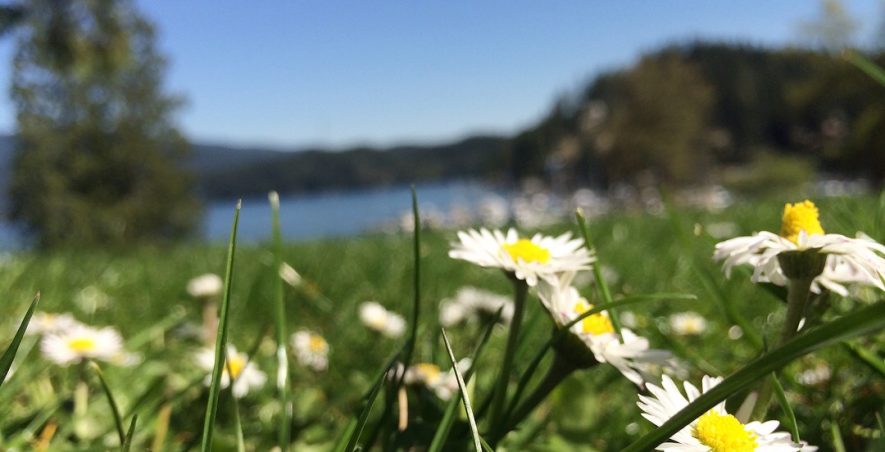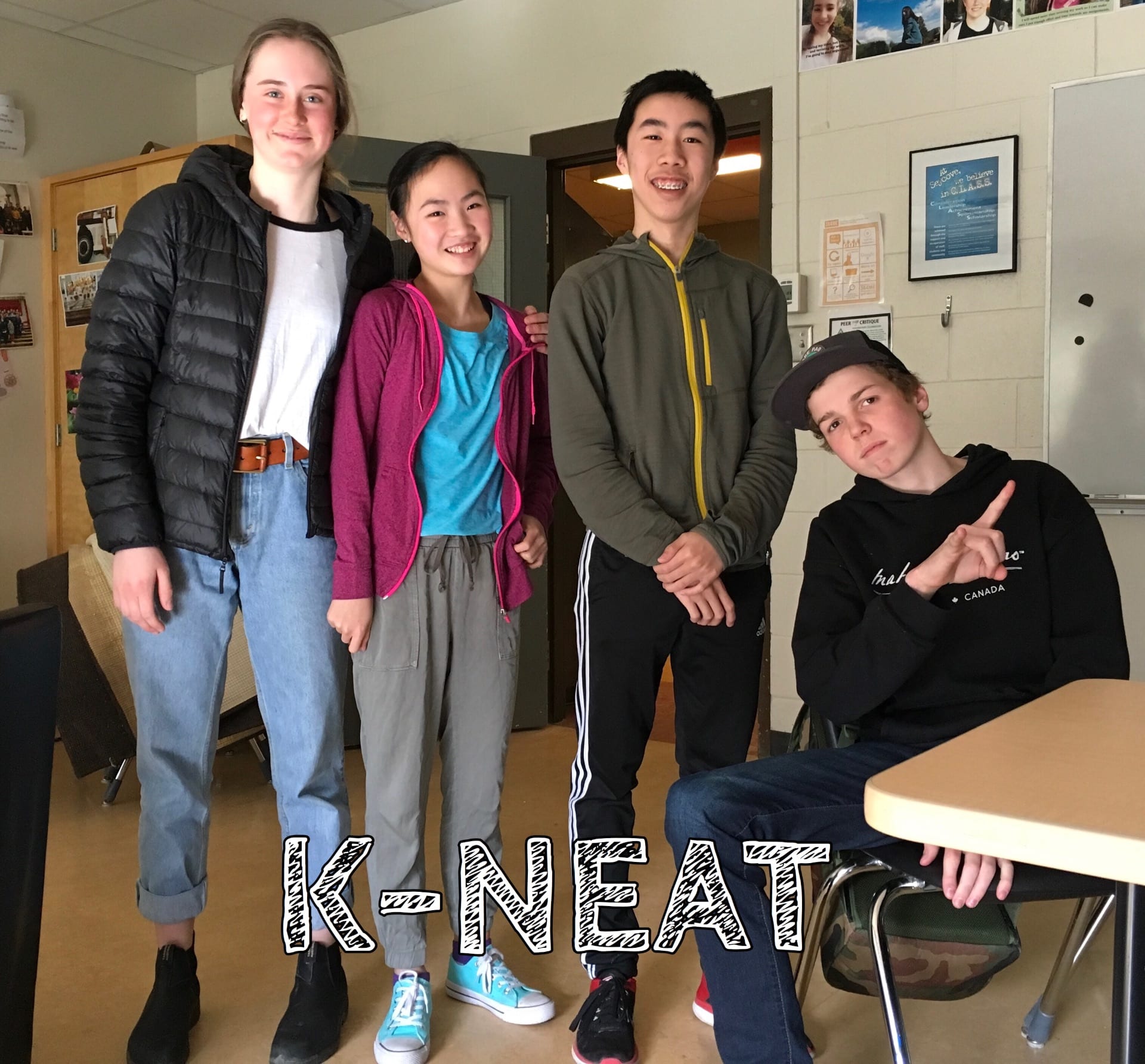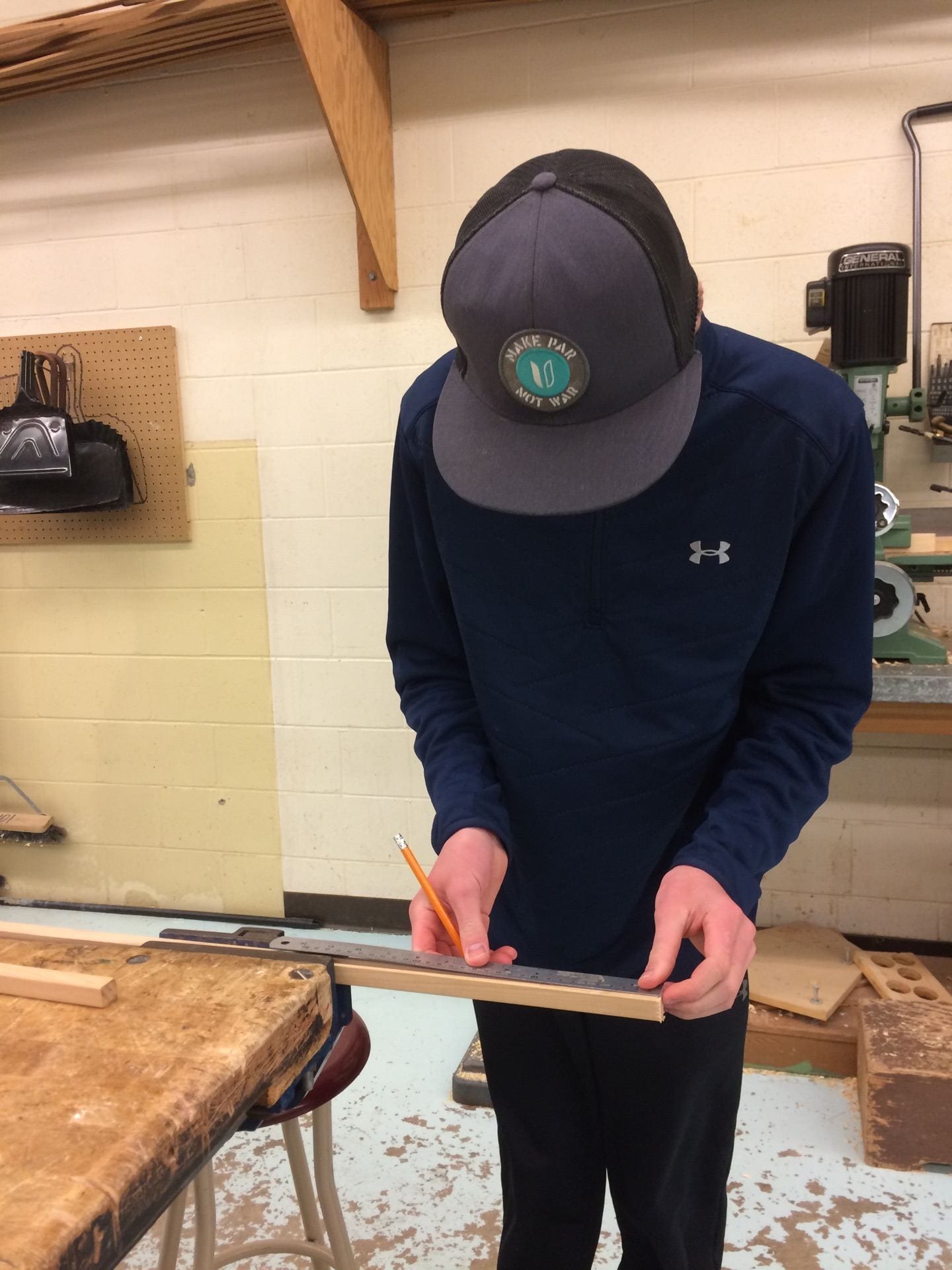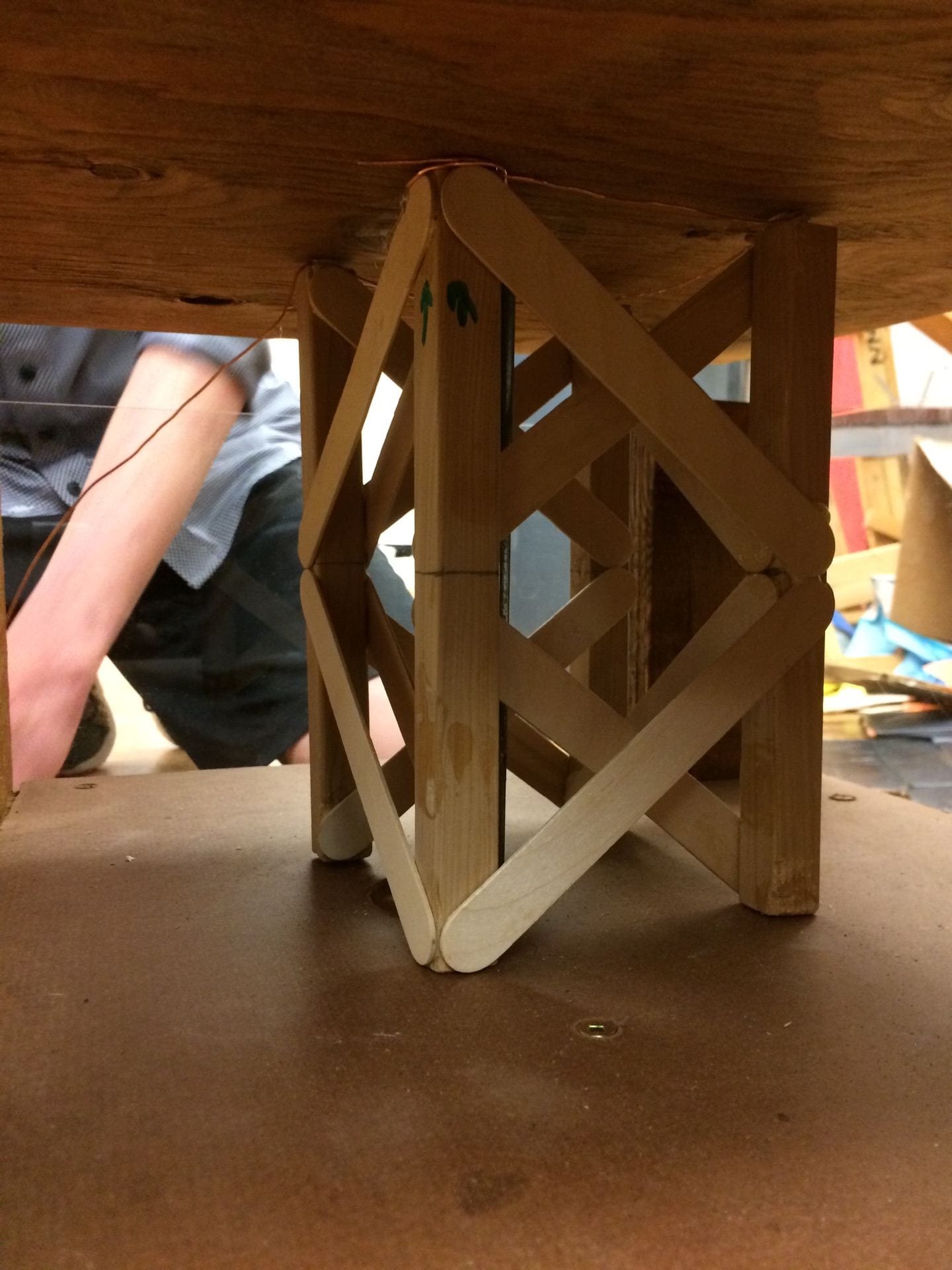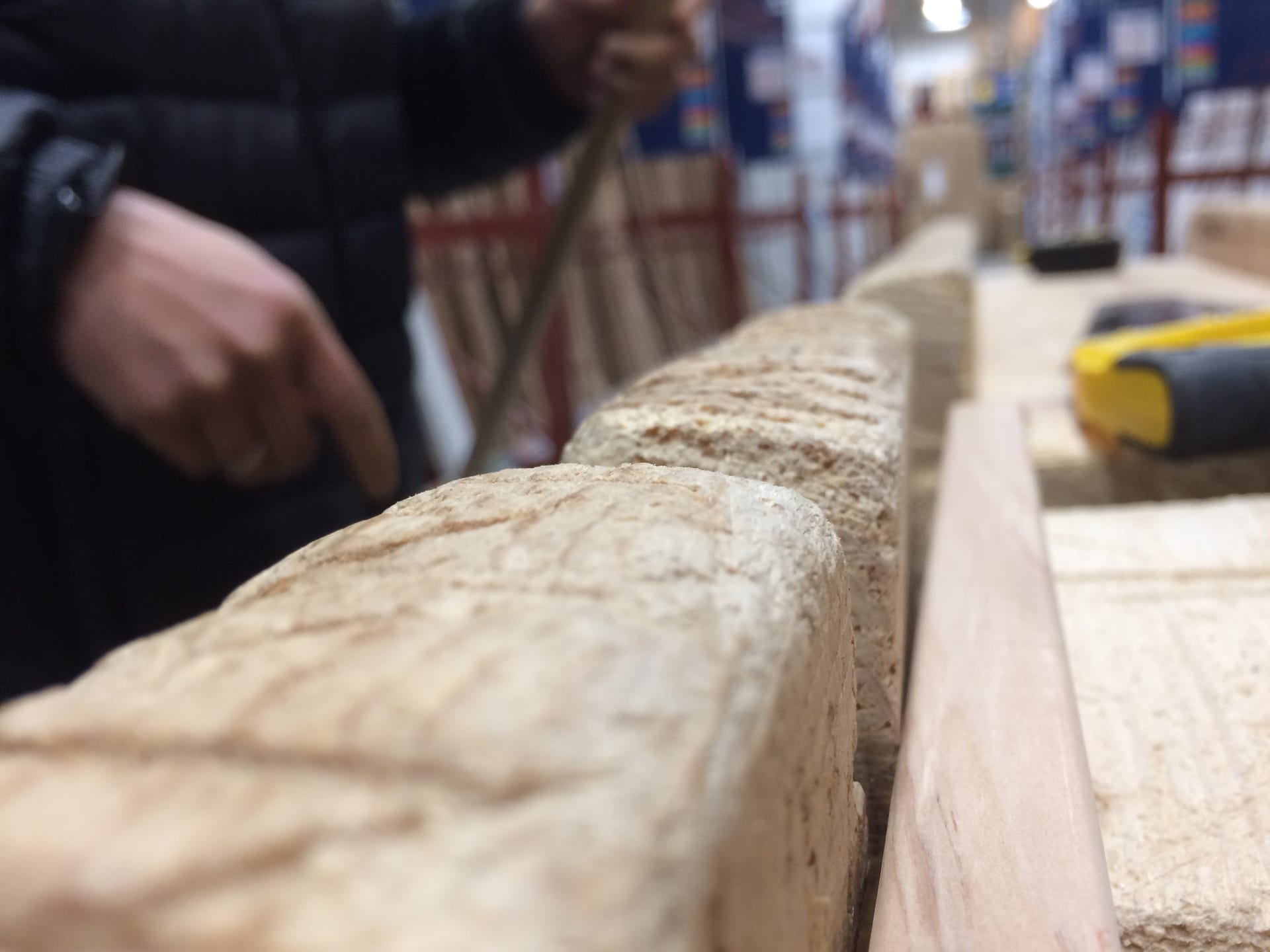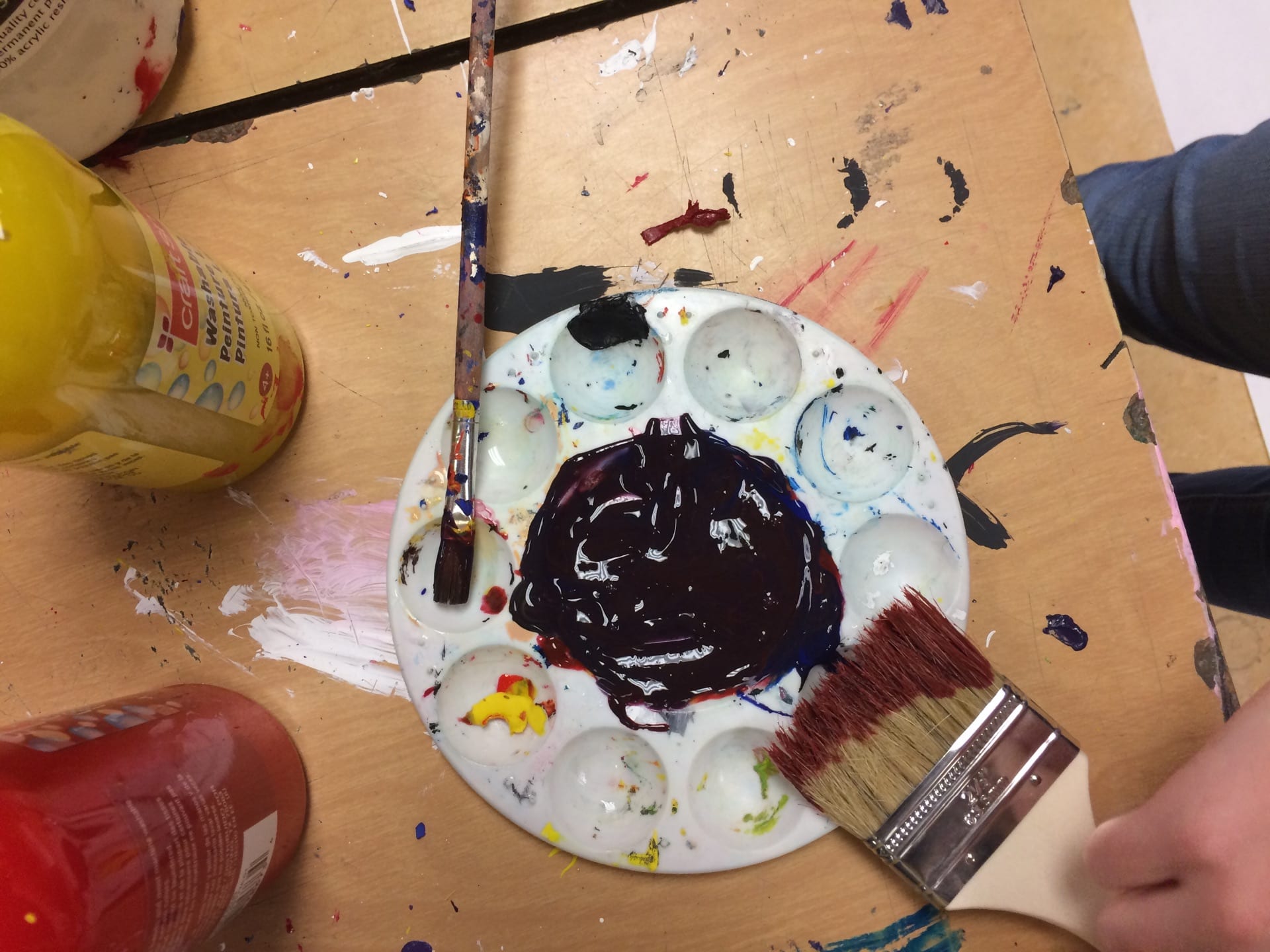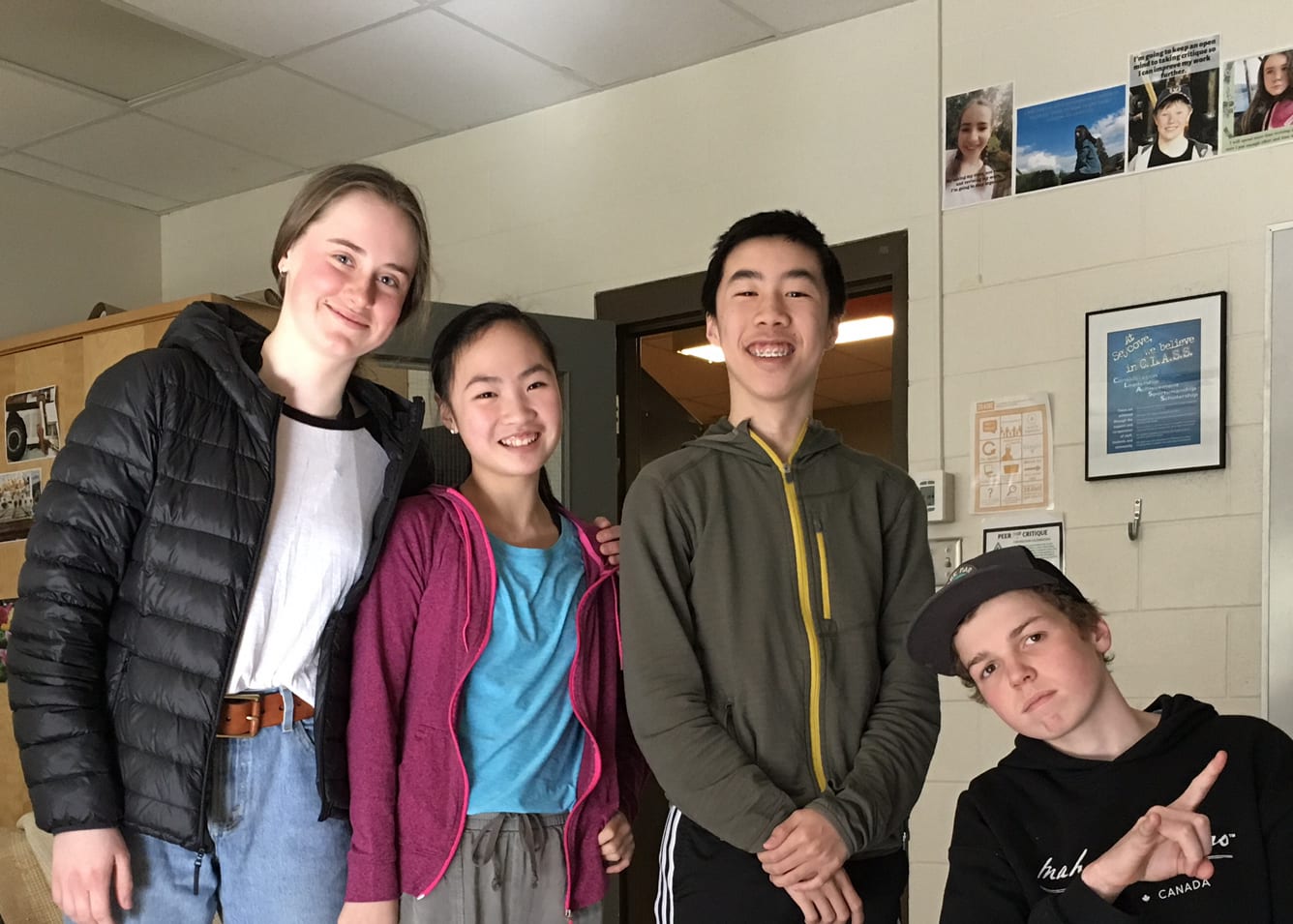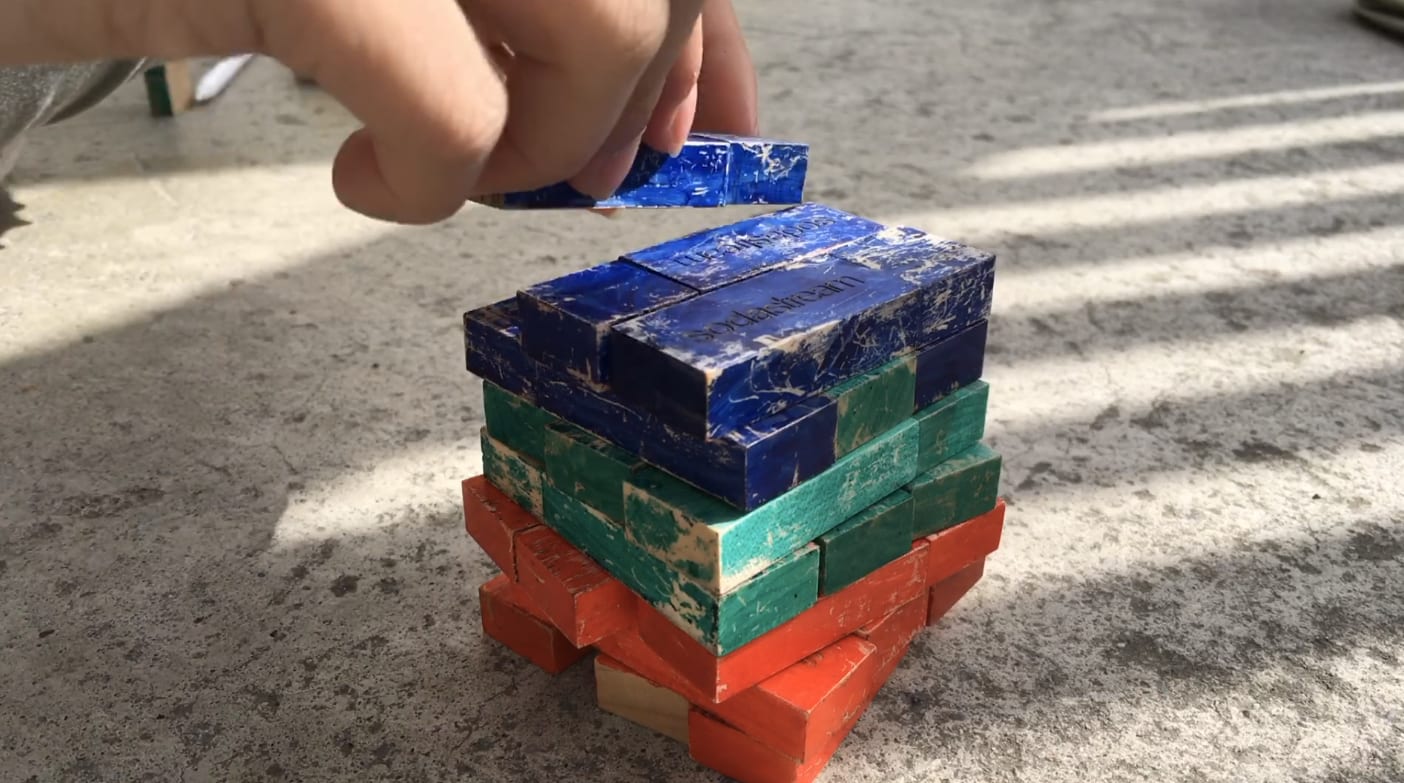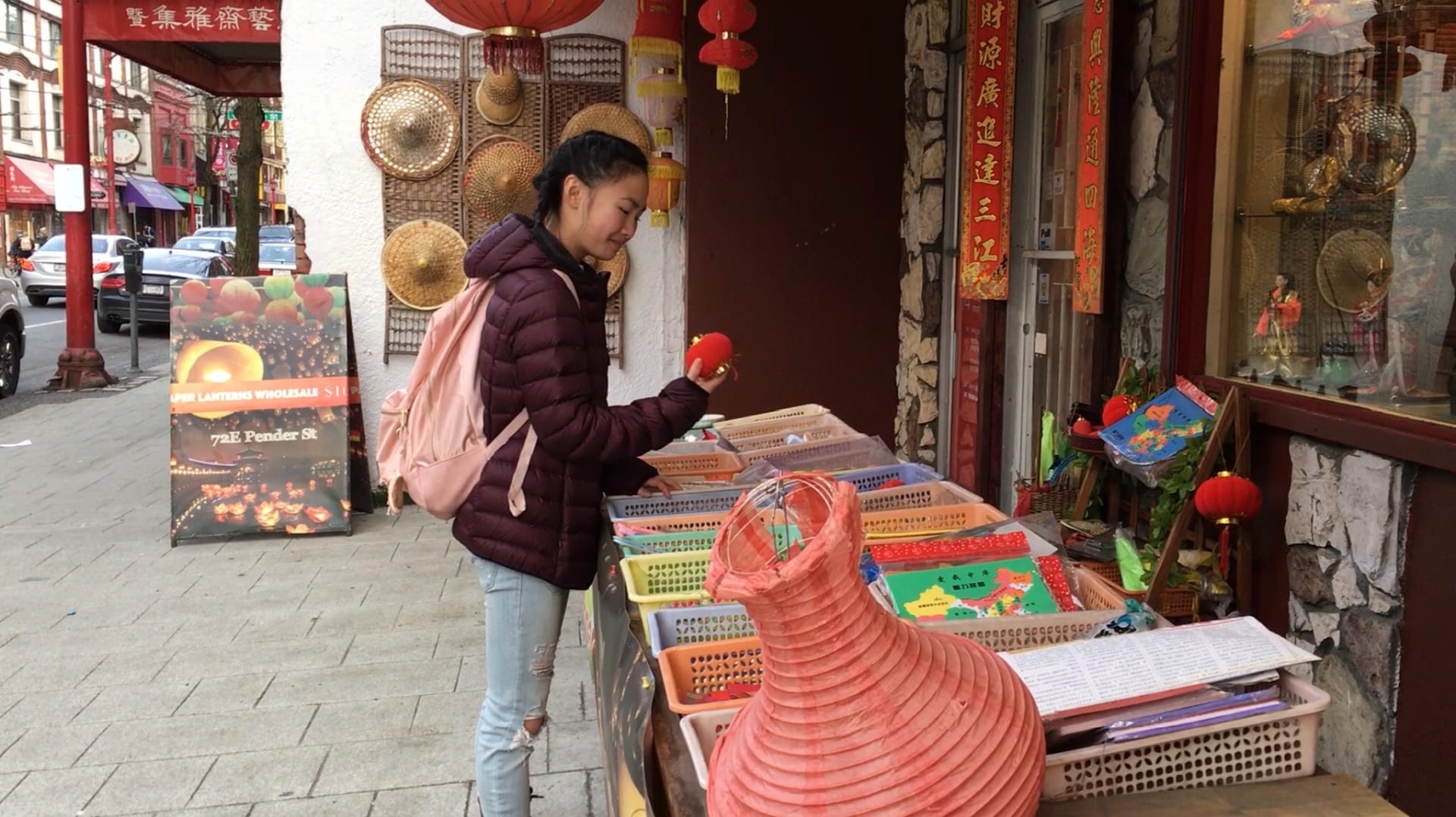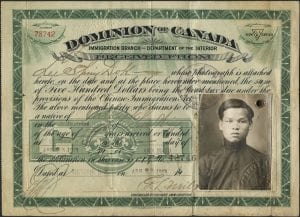”Emerson, don’t forget your lines! Nik, remember to bring the prop! Anika, we need the costume for tomorrow,” and finally, we can relax…for now…
DI regionals is finally over and the hard work has paid off. With an unexpected 2nd place win, K-NEAT is ready to take on Provincials! Now, it’s time to reflect and rewind the story a bit.
Lets start this blog off from the very beginning of the DI process: choosing teams and our challenge for the year. Each of us in PLP were given a form to complete saying who we’d like to potentially work with for DI. From there, the teams were made and it was time to choose our challenge we’d like to compete in. Nik, Taylor, Emerson, Anika and I decided to go with this year’s engineering challenge, Monster Effects. Basically, we had to work as a team to create a structure which would then have weights dropped on it. A special effect also had to be integrated and triggered by the structure to enhance the Monster in our story. The story would then have to be about a Monster with an unexpected result. The Monster could be of any gender, appearance, real or imaginary and have any kind of personality. Want to learn more about the challenge? Check out this short cheesy video!
Knowing all this, it was time to get brainstorming. To better understand the challenge, our team, K-NEAT had to fill out a number of forms and read a long handbook to know our challenge and it’s rules inside and out. These forms included brainstorming to help our team with ideas for creating our solution. My team and I threw out ideas for the structure, team Choice elements, story and more! Together, we narrowed it down and started to define some ideas.
Since I did this challenge last year, I already had a pretty good idea of how we could make the structure both light and strong. The structure specifications said that our structure had to be within 7.5-9 inches tall and could weigh no more than 175g. To make the structure light, I took a visit to the hardware store and looked around for some kind of wood that appeared strong yet light. It took a lot of feeling around since there were like a thousand different shapes, cuts and types of wood at the store. To make the structure strong, my team and I decided to assemble the unit with gorilla glue and place some of the wood in the shape of triangles since that’s the strongest shape.
So now we have the structure built which I guess is the Center of our overall challenge, but there was still so much left to do in the creation process. I mean, what’s a DI presentation without a story? After reading the lengthy encyclopedia about our challenge, we knew that we had to create a story about a monster that had an unexpected impact or ending. This story would then be presented in front of the appraisers on the day of the tournament. Now, speaking of a monster, our team assumed that most other teams would create their story about the monster being scary and evil or the story would take place in space or wherever most people would think of when they think “monster”. So, Nik and I worked closely to write the story script.  We thought about it a lot and realized that there aren’t many love stories presented at DI. This would make our presentation unique from the others. After all, how many stories do you know about a monster falling in love? Ok, true. Most of the time, I’m totally disgusted by love but I thought that adapting the popular Beauty and the Beast story would be a great asset to our challenge solution! So yes, we rewrote the Beauty and the Beast story to make it our own! Click the link below to see!
We thought about it a lot and realized that there aren’t many love stories presented at DI. This would make our presentation unique from the others. After all, how many stories do you know about a monster falling in love? Ok, true. Most of the time, I’m totally disgusted by love but I thought that adapting the popular Beauty and the Beast story would be a great asset to our challenge solution! So yes, we rewrote the Beauty and the Beast story to make it our own! Click the link below to see!
Besides just writing a story, we also had to make props, backdrops and costumes to really bring the tale to life. To do this quickly and efficiently, we divided the tasks up. Taylor was responsible for designing the props, I was in charge of creating the Firebird costume for our monster and Nik, Emerson and Anika created the frame and painted the backdrop. Bam! Pure teamwork!
Ok, I’m sure you’re wanting to hear what happened on the day of the tournament so let’s cover this last prep topic quickly: the special effect. Yup, that’s where we struggled and went wrong. Originally, my team and I had a working special effect that triggered a fan to blow paper out of our volcano prop. Unfortunately, we found out that it didn’t meet the specifications needed to compete. Therefore, my team and I had to restart this part of the challenge. Emerson created a circuit which set off a motor to turn on the fan. “Yay”, we thought! Everything was going so well…or so we thought…
It was finally the day of the tournament and my team and I were doing the final touches on our props and costumes and reminding each other of last minute changes and lines. Emerson and Nik were in a separate room to finish up the special effect circuit. And, this is where it all went wrong. The rest of the team, including myself joined the boys in the room to help them out and we realized that our battery for the circuit was left on overnight and was now dead. My team searched the whole school for another battery but there were none to be found. We came to the conclusion that we would just have to manually trigger the effect.
The disasters just continued to arise from there. As my team and I lined up for our structure check in, we realized that we had to have a sample of every single one of the materials we used to build it. Fortunately, we were able to find a sample of all our materials except for our glue. This almost got our structure disqualified but, luckily, the lady running the challenge was kind enough to let us compete with our structure and let us off with a warning for provincials.
So far so good. I mean, we got through all the pre testing without losing too many points. It was now time to hand in our forms and compete. However, as the woman at the desk checked us in and asked for our forms, my team and I realized that we were missing many of our forms that needed to be filled out and completed prior to the tournament. Big oops. So, what did we do? Well, while Emerson and Anika brought our stuff into the presentation room, Nik and I had to stay behind and hand write many of the forms in messy scribbles.
Ok so we got through all the prep work leading up to this moment. K-NEAT FINALLY was ready to compete and stepped out onto the stage to perform their challenge solution. The performance…didn’t go as planned and wasn’t as good as our dress rehearsals in class. However, we still got through it and landed an unexpected 2nd place win! Yay K-NEAT!
Time to reflect. Our instant challenge went wonderfully and my team and I scored max points! But our central challenge, well, there were quite a few things that went well, but tons of things that went wrong. Luckily our team was great at improv because many things were forgotten during our performance such as playing the music for our team Choice elements meaning that Anika had to sing without music and I had to dance without any sound. Fortunately, most people didn’t even notice that there was supposed to be music in those areas of the play. Emerson also never said any of his lines and I started the intro line way too early. Both of those are an easy fix for provincials. The Firebird costume definitely needs improvement which, again, easy fix. The biggest thing our team needed to work on was our special effect. On the day of the tournament, it didn’t even go off meaning we got minimal points for that category for scoring.
Overall, I’m happy with how we did. On the day of the tournament, our teamwork was really tested but we pulled through and were there for one another. We all know what we did well and what needs to change or be fixed, so, over Spring Break, K-NEAT plans to work hard and, before we know it, it’ll be DI Di all over again.
